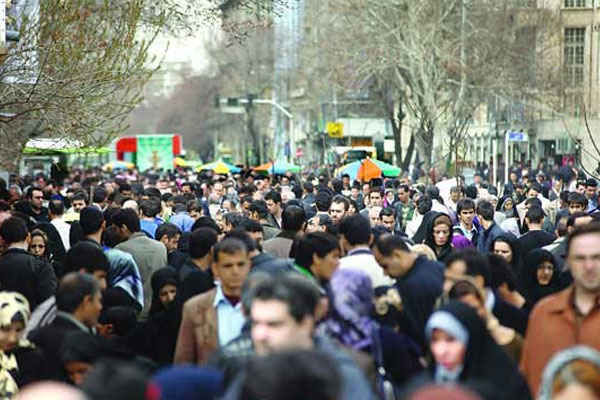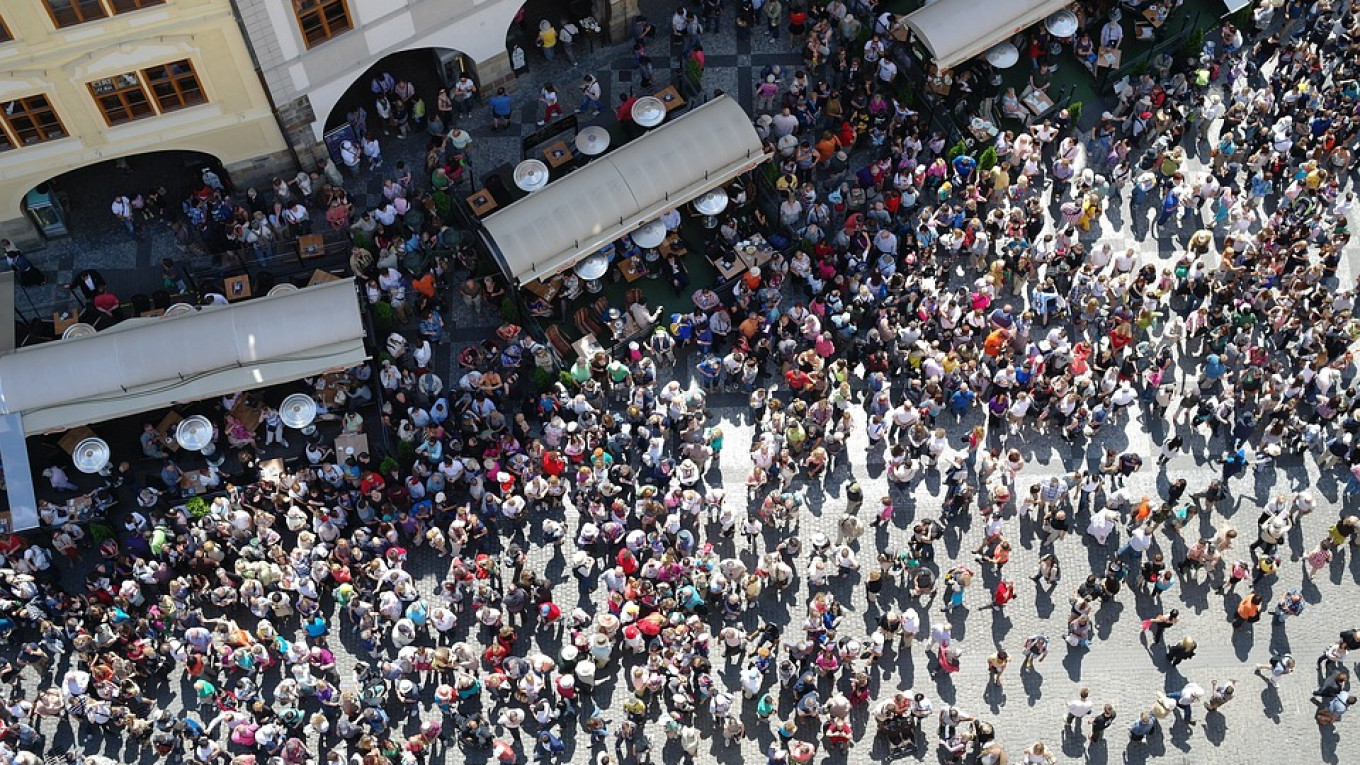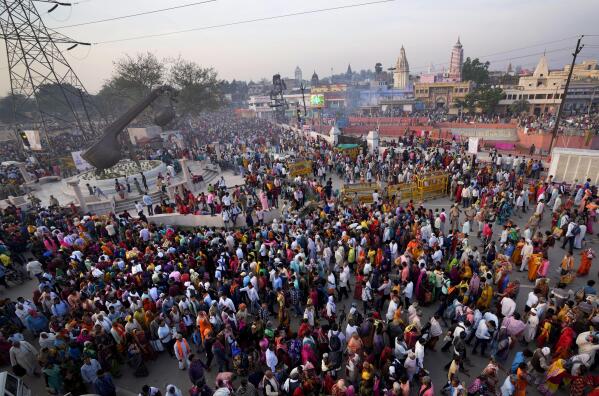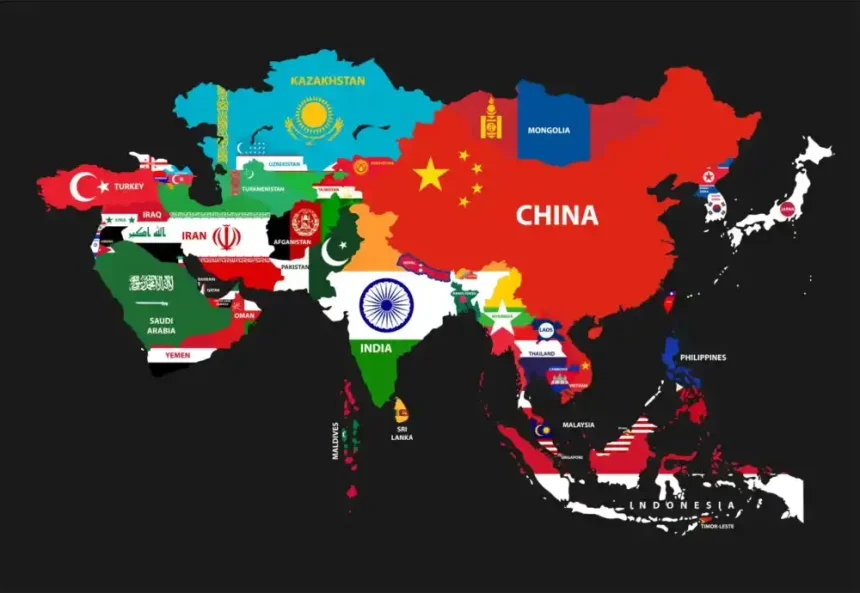Many more people live in Asia than on any other region. Asia is also full of different cultures and stories. “The Top Ten Most Populated Countries in Asia” is all about those ten countries that are overflowing with people. Big countries like China, India, Indonesia, Pakistan, and Bangladesh are on the list. Each one has its own past, very lively traditions, and the problems that come with having so many people. As time went on, these populations grew, which could be because more people moved to towns or looked for better jobs. This topic also looks at how these populations got to be so big.
Think about how crowded the streets are in India or how powerful China’s economy is. These places really show the rest of the world what Asia is all about. With so many people, they have to do things like make sure there are enough roads and houses, keep things green, and even have a say in how the world makes decisions. You need to understand this if you want to know what will drive Asia’s future. It’s easy to understand and very interesting to see how these very crowded countries come up with new ideas, change their economies, and deal with environmental problems.
The Top Ten Most Populated Countries In Asia
10. Iran – 92,417,700

Iran, a nation of 92,417,700 people in 2025, is a cultural and historical powerhouse in Western Asia. Spanning a vast plateau with deserts and mountains, its population density of about 57 people per square kilometer reflects a mix of urban centers like Tehran and rural regions. Iran’s youthful population, with a median age of 34 years, drives growth in sectors like oil, technology, and agriculture, despite economic challenges from sanctions. Urbanization is significant, with over 73% living in cities, fueling infrastructure demands.
The fertility rate, around 1.7 births per woman, suggests slower growth compared to past decades, yet Iran remains a key player in Asian demographics. Its rich Persian heritage, marked by festivals like Nowruz and intricate arts, captivates globally. Environmental concerns, such as water scarcity, challenge sustainability efforts, while economic diversification is a priority. For those studying population trends, Iran’s blend of historical depth and modern challenges offers a compelling case of how a moderately populous nation navigates cultural preservation and economic resilience in a rapidly changing region.
9. Vietnam – 101,599,000

Vietnam, with 101,599,000 residents in 2025, is a Southeast Asian gem experiencing rapid growth and modernization. Stretching along the South China Sea, its population density of roughly 328 people per square kilometer balances bustling cities like Ho Chi Minh City with rural agricultural heartlands. A youthful population, with a median age of 33 years, powers Vietnam’s booming economy, particularly in manufacturing, textiles, and tourism. The fertility rate of about 2.0 births per woman supports steady population growth, while urbanization accelerates as people flock to cities for economic opportunities.
Infrastructure development, from roads to ports, is crucial to accommodate this shift, though environmental issues like coastal flooding pose risks. Vietnam’s cultural tapestry, blending Chinese, French, and indigenous influences, shines through festivals like Tet and traditional arts. Sustainability efforts, including net-zero carbon goals, highlight its forward-thinking approach. For those exploring Asian population growth, Vietnam’s dynamic blend of youthful energy, economic ambition, and environmental challenges makes it a fascinating study in balancing tradition with rapid urban development.
8. Philippines – 116,787,000

The Philippines, an archipelago of over 7,000 islands with 116,787,000 people in 2025, is a vibrant Southeast Asian nation. Its population density of about 392 people per square kilometer reflects crowded urban hubs like Manila and Davao, contrasted by rural coastal communities. A young population, with a median age of 26 years, drives economic growth through remittances, technology, and tourism, with a fertility rate of 2.5 births per woman sustaining steady expansion. Urbanization is rapid, with nearly half the population in cities, straining infrastructure like housing and transportation.
The Philippines’ cultural diversity, shaped by Spanish, American, and indigenous influences, is evident in festivals like Sinulog and vibrant arts. Natural disasters, such as typhoons, challenge sustainability, pushing the nation to invest in resilient infrastructure. For those interested in Asian demographics, the Philippines showcases how a youthful, island-based population navigates economic opportunities and environmental risks, making it a key example of population growth and urban challenges in a culturally rich setting.
7. Japan – 123,103,000

Japan, home to 123,103,000 people in 2025, is an East Asian leader known for its technological innovation and cultural heritage. With a population density of 338 people per square kilometer, most residents live in urban centers like Tokyo, the world’s largest metropolitan area. Unlike other Asian giants, Japan faces population decline, with a fertility rate of 1.3 births per woman and a median age of 49 years, one of the highest globally. This aging population strains healthcare and pension systems but spurs advancements in robotics and elder care.
Japan’s advanced infrastructure supports its dense cities, while sustainability efforts address environmental concerns like energy efficiency. Economically, Japan excels in automotive, electronics, and cultural exports like anime, maintaining global influence despite demographic challenges. Its rich traditions, from tea ceremonies to cherry blossom festivals, draw millions. For those studying population trends, Japan’s unique case of managing an aging population while sustaining economic and cultural prominence offers critical insights into urban development and demographic shifts in Asia.
6. Russia – 143,997,000

Russia, with 143,997,000 people in 2025, is a transcontinental giant, with its Asian population primarily in Siberia and the Far East. Its vast land area results in a low population density of about 8 people per square kilometer, with urban centers like Novosibirsk contrasting sparse rural regions. The fertility rate, around 1.5 births per woman, and a median age of 40 years indicate a slowly declining population, posing challenges for workforce sustainability. Urbanization is high, with over 70% in cities, driving economic activity in energy, mining, and technology.
Russia’s cultural blend of Slavic and Asian influences is seen in its architecture and festivals, though its Asian regions are less densely populated. Environmental concerns, like permafrost thawing, demand sustainable policies. For those exploring Asian demographics, Russia’s unique position as a transcontinental nation with a significant Asian population offers insights into managing sparse, resource-rich regions while balancing economic growth and environmental challenges in a geopolitically complex landscape.
5. Bangladesh – 175,687,000

Bangladesh, with 175,687,000 people in 2025, is a South Asian nation with one of the highest population densities at 1,350 people per square kilometer. Despite its small size, urban centers like Dhaka and rural agricultural areas support a youthful population with a median age of 26 years. A fertility rate of 2.0 births per woman sustains growth, while rapid urbanization challenges infrastructure, particularly in housing and flood management. Bangladesh’s economy thrives on textiles, remittances, and agriculture, with significant poverty reduction in recent decades.
Its cultural heritage, rooted in Bengali traditions, shines through festivals like Pohela Boishakh and intricate crafts. Environmental risks, including cyclones and rising sea levels, push sustainability efforts to the forefront. For those studying population growth, Bangladesh exemplifies how a densely populated nation balances economic progress with environmental vulnerabilities, making it a critical case in understanding urbanization in Asia and sustainable development in a high-density setting.
4. Pakistan – 255,220,000

Pakistan, home to 255,220,000 people in 2025, is a South Asian powerhouse with a population density of 331 people per square kilometer. Its youthful population, with a median age of 21 years and a fertility rate of 3.5 births per woman, drives one of Asia’s highest growth rates at 2% annually. Urban centers like Karachi and Lahore are expanding rapidly, though rural areas remain vital for agriculture. Economic growth in textiles, trade, and remittances faces challenges from infrastructure gaps and political instability.
Pakistan’s rich cultural blend, influenced by Islamic, South Asian, and Central Asian traditions, is evident in festivals like Eid and historic sites like Badshahi Mosque. Environmental issues, such as water scarcity and climate impacts, demand robust sustainability measures. For those exploring Asian population trends, Pakistan’s youthful demographic and rapid urbanization highlight the opportunities and challenges of managing a fast-growing population in a culturally vibrant nation striving for economic stability.
3. Indonesia – 285,721,000

Indonesia, a Southeast Asian archipelago with 285,721,000 people in 2025, is a demographic titan. Spanning over 17,000 islands, with Java as the most populous, its population density is 158 people per square kilometer. A youthful population, with a median age of 30 years and a fertility rate of 2.3 births per woman, fuels growth in manufacturing, tourism, and technology. Rapid urbanization drives cities like Jakarta, but infrastructure struggles to keep pace, especially in remote areas. Indonesia’s cultural diversity, with over 600 ethnic groups, shines through traditions like batik and wayang puppetry.
Environmental challenges, including deforestation and rising sea levels, underscore the need for sustainable development. As a key player in Asian demographics, Indonesia’s blend of youthful energy and economic potential makes it a compelling study for those interested in population growth, urbanization in Asia, and balancing cultural richness with environmental resilience in a sprawling island nation.
2. China – 1,416,100,000

China, with 1,416,100,000 people in 2025, is a global giant whose demographic scale shapes Asia and the world. Its population density of 151 people per square kilometer reflects dense eastern cities like Shanghai and sparser western regions. A declining population, with a fertility rate of 1.2 births per woman and a median age of 40 years, signals an aging society, challenging healthcare and pension systems. Urbanization exceeds 60%, driving economic dominance in manufacturing, technology, and trade.
China’s infrastructure supports its massive urban centers, while sustainability efforts tackle pollution and resource demands. Its cultural influence, from Lunar New Year to calligraphy, resonates globally. For those studying population trends, China’s ability to manage a vast, aging population while maintaining economic leadership and addressing environmental concerns offers critical insights into urban development and demographic shifts, making it a cornerstone of Asian demographics and global influence.
1. India – 1,463,870,000

India, the world’s most populous country with 1,463,870,000 people in 2025, is a South Asian titan driving global demographic trends. Its population density of 492 people per square kilometer balances megacities like Delhi with rural agricultural regions. A youthful population, with a median age of 28 years and a fertility rate of 2.0 births per woman, supports a growth rate of 0.6% annually. Rapid urbanization, with 37% in cities, strains infrastructure, demanding solutions for housing and transportation.
India’s economic rise in technology, services, and manufacturing leverages its young workforce, though poverty and resource scarcity persist. Its cultural diversity, with thousands of languages and festivals like Diwali, enriches its global presence. Sustainability efforts address climate change and water shortages. For those exploring Asian population growth, India’s dynamic demographic landscape showcases how a massive, youthful population shapes economic and environmental strategies, making it a vital study in urbanization and global influence.




